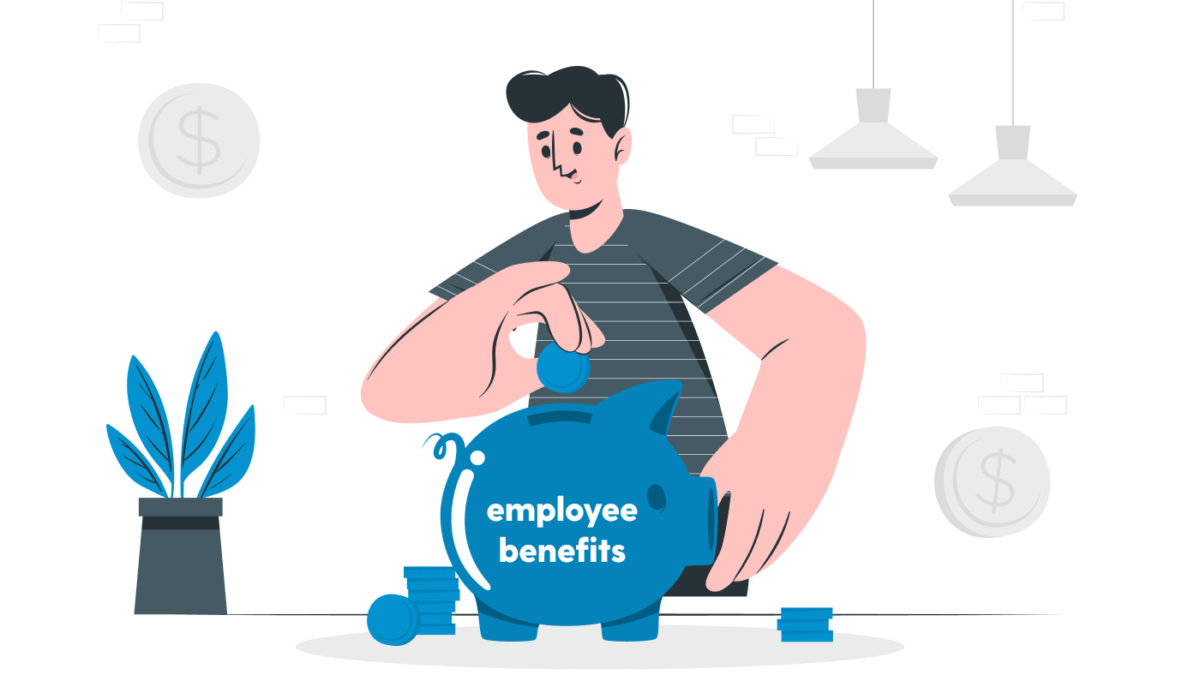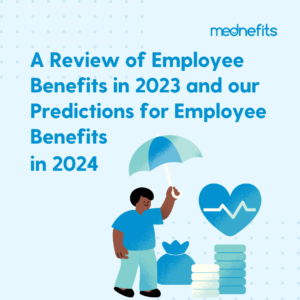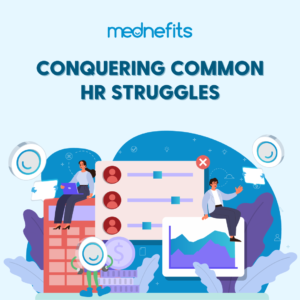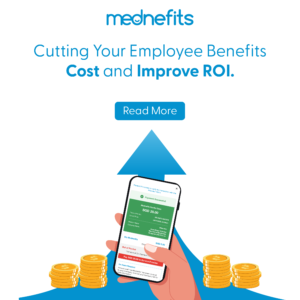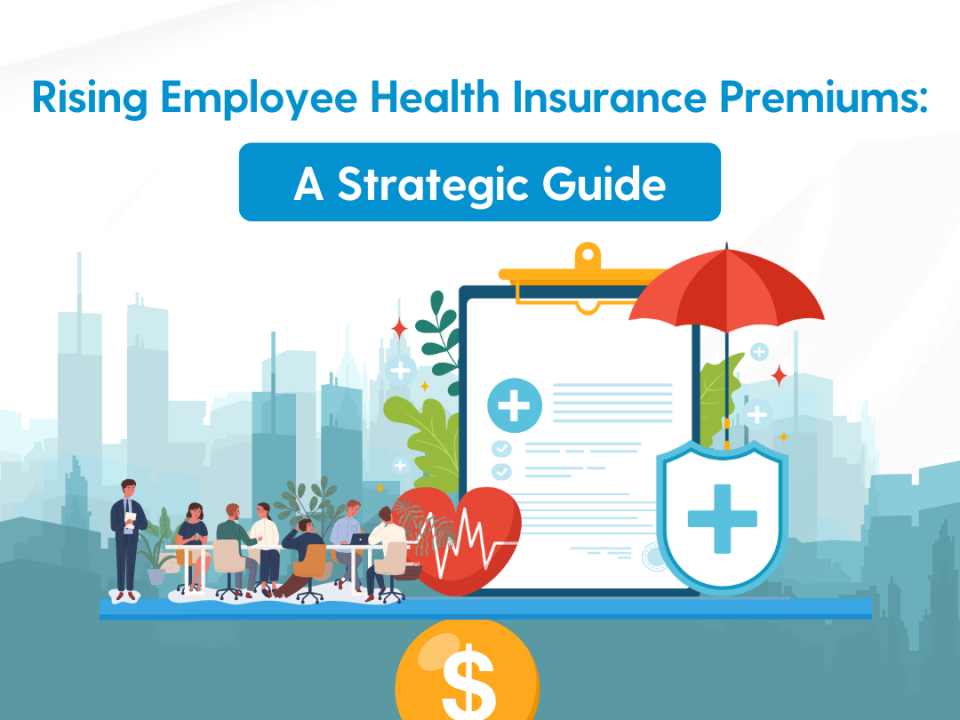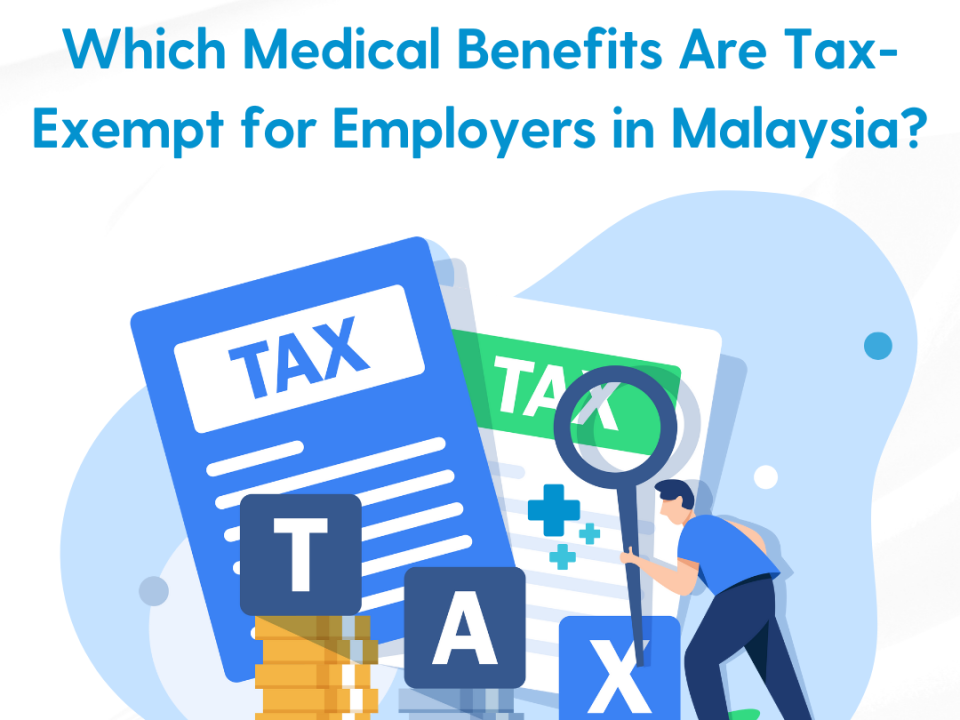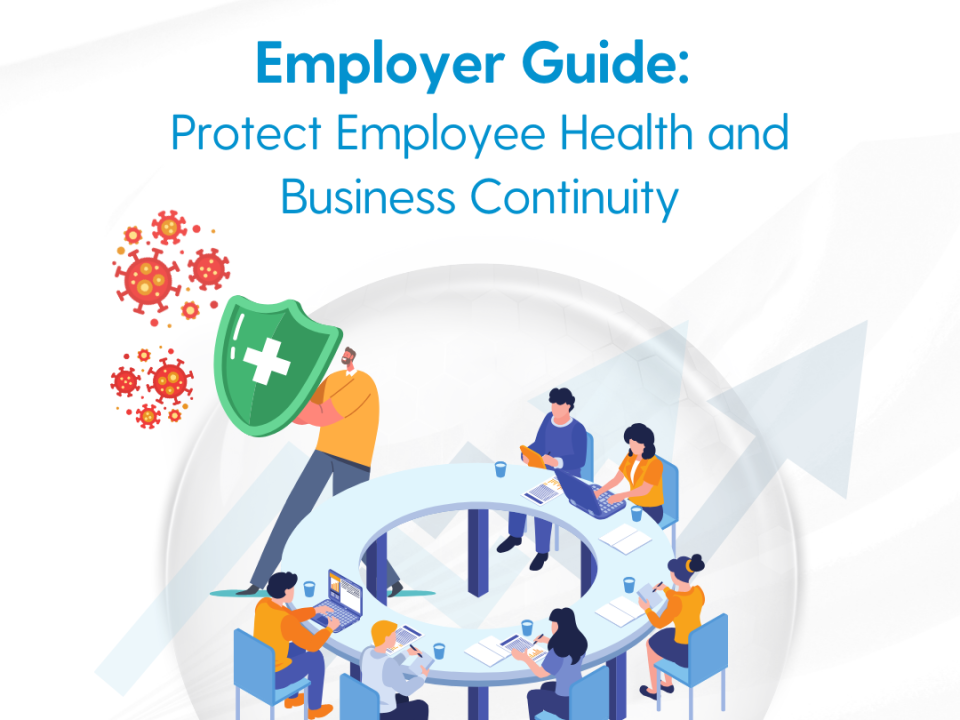
The Ultimate Guide to Employee Benefits in Singapore
November 7, 2022
New mednefits panel provider: Fitness First
November 16, 2022The Ultimate Guide to Reducing Employee Benefits Costs
Employee Benefits
The ultimate guide to reducing employee benefits costs
November 8, 2022
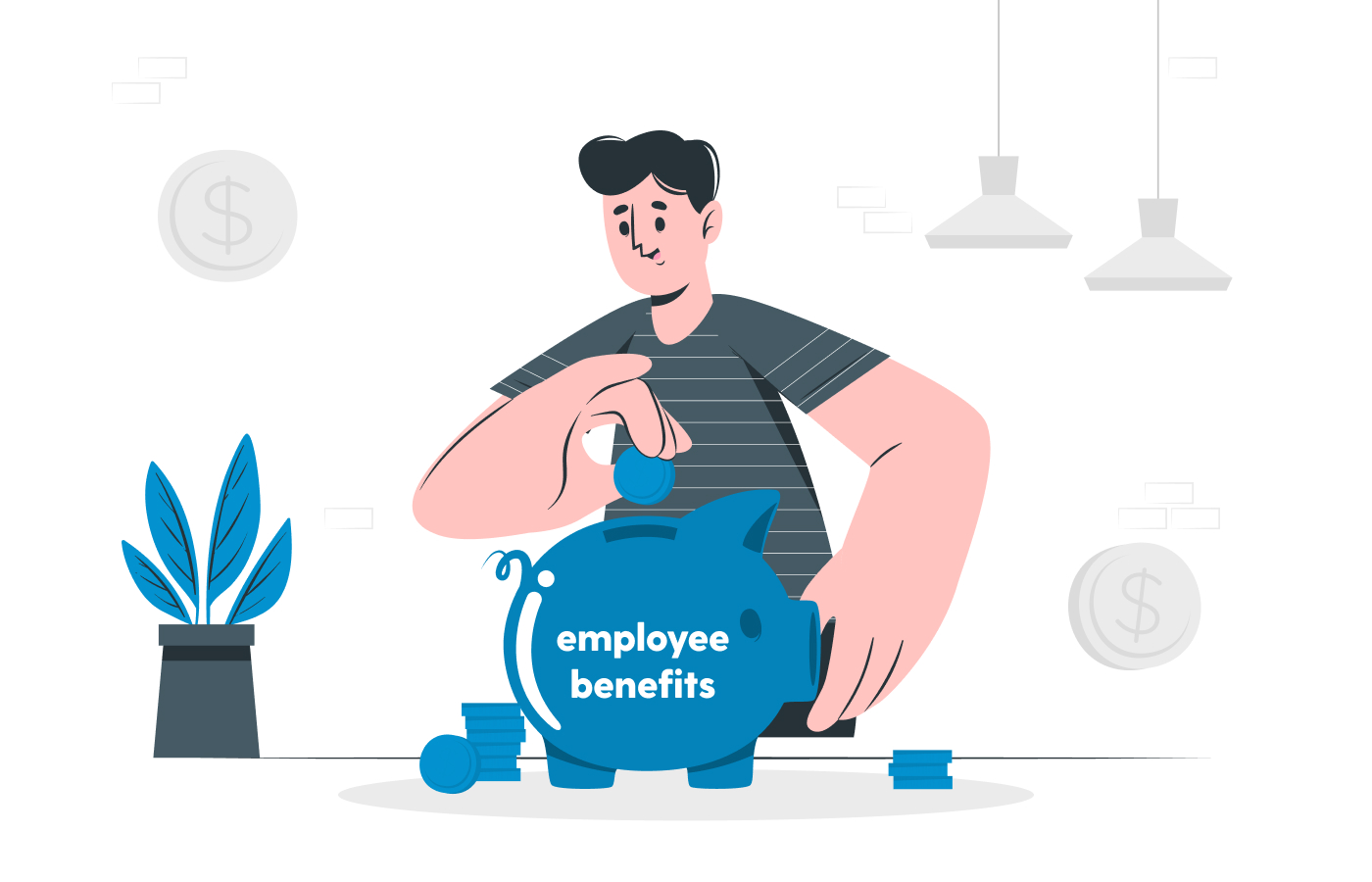
Many surveys reported that employer-sponsored medical benefits are expected to rise in 2022 and beyond.
According to Mercer Marsh Benefits (MMB), Malaysian employers need to anticipate medical benefits program costs to rise 12% in 2022, the third most among Asian nations.
Similarly, healthcare benefit costs for Singapore employers will likely see a 9% increase come 2022, said Willis Towers Watson. Cedric Luah, Willis Towers Watson's international head of health and benefits, said Covid-19 had had the most extensive impact on global medical trend variation. "We expect the resultant repercussions and volatility to extend into 2022 and beyond," he added, noting that markets and employers are feeling the impact differently.
What are the current costs of employee healthcare benefits?
Malaysia
According to the 2022 Employee Benefits Trend Report, Malaysian employers spend on average RM448 on insurance per employee (including inpatient and outpatient coverage). Below is the breakdown of the average cost of employee benefits.
Average cost of benefits per employee
- Hospitalisation: RM619
- General Practitioner: RM453
- Health Screening: RM308
- Dental: RM304
- Specialist: RM643
- Optical: RM280
- Wellness: RM505
- Traditional Chinese Medicine: RM400
Singapore
In the same report, Singapore employers spend on average $721 per employee on health care benefits. Below is the breakdown:
Average cost of benefits per employee
- Hospitalisation: $900
- General Practitioner: $371
- Health Screening: $430
- Dental: $394
- Specialist: $565
- Optical: $423
- Wellness: $616
- Traditional Chinese Medicine: $286

What is driving up healthcare costs?
COVID-19 is now the third highest cause of claims by both dollar amount and frequency.
The MMB Health Trend report also reveals that cancer (55%), diseases of the circulatory system (43%), and Covid-19 (36%) were the top cost drivers of medical claims in Asia in 2021. On the other hand, respiratory diseases (47%), gastrointestinal diseases (36%) and Covid-19 (34%) are health conditions that are claimed the most frequently.
Respiratory diseases include hypertension, acute myocardial infarction and cerebrovascular events.
Besides physical health conditions being the top cost drivers, many insurers flagged emotional and mental health as the second largest risk factor influencing employer-sponsored group medical costs. Many young adults are experiencing new stressors in their everyday lives. Safety measures such as quarantine have increased loneliness, anxiety, and depression. Gen Z and Millennials are two groups particularly affected by this issue.
According to survey respondents, the number of insurers providing mental health support has increased by 6% compared to last year. Although it might seem like a small jump, we foresee more insurers joining the club because more than 40% of employees rate mental health support as "highly" or "extremely" valuable.
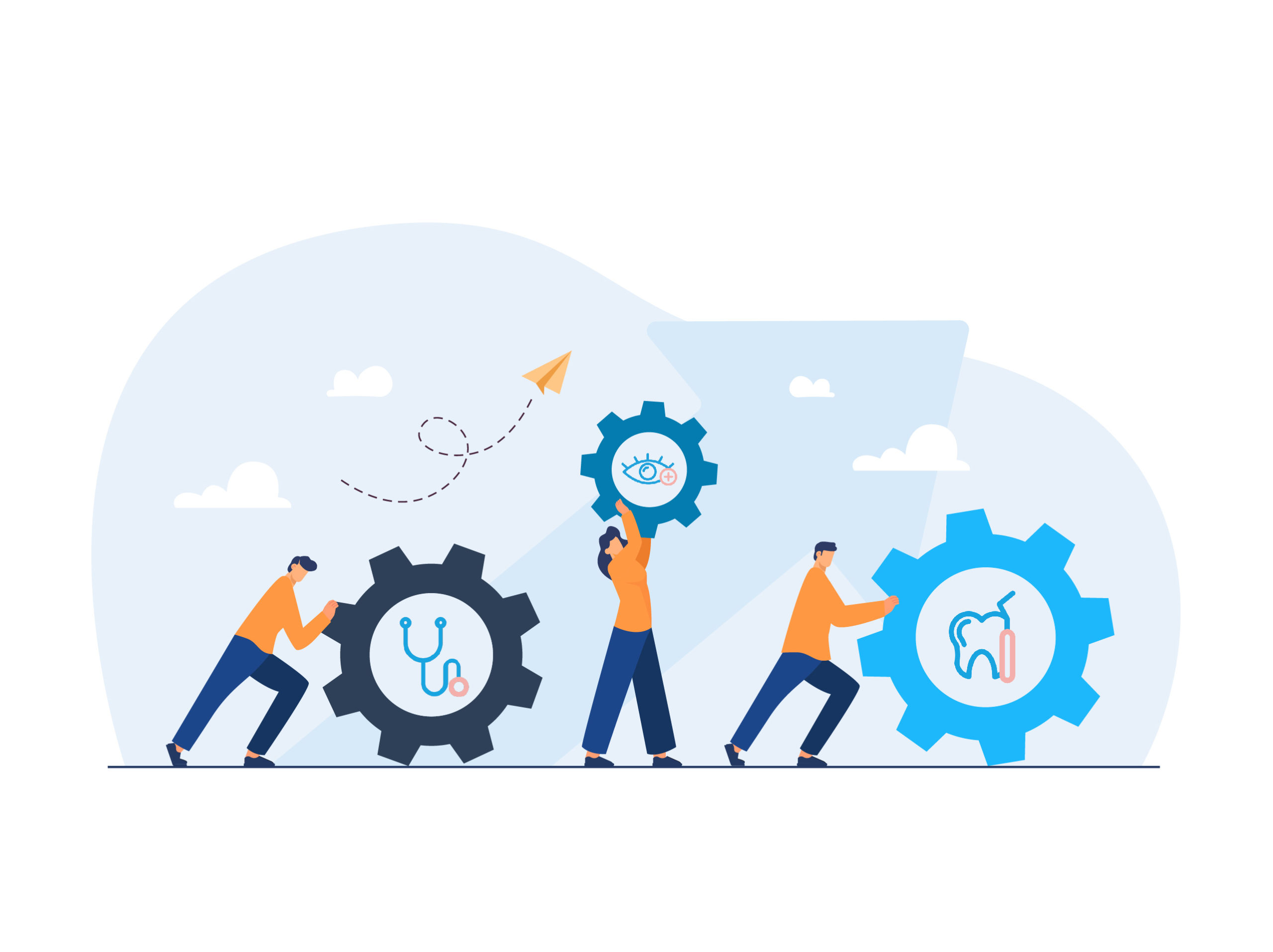
How to reduce healthcare costs for employers?
1. Focus on enhancing overall well-being
"Prevention is better than cure" is the best way to reduce healthcare benefits. Cancer, Covid-19, circulatory diseases, and respiratory diseases are the top cost drivers, but they're also preventable. To reduce the likelihood of developing these chronic conditions, employers should focus on enhancing the overall well-being of employees, including mental health.
Some ways to reduce costs are by:
- Promoting healthy eating habits
- Encouraging regular physical activity
- Implementing smoking cessation programs
- Dedicate a safe space for relaxation purposes
- Provide flexible working hours
- Take steps to foster a sense of social belonging among employees
2. Offer flexible benefits
Flexible benefits allow an employer to set a monthly spending limit, which results in the company knowing exactly how much the annual spending is on the plan. This aids with budgeting at the end of the year and becomes a predictable cost for businesses. Furthermore, flexible benefits can address each unique need of your employees, giving them the autonomy they're looking for.
Here's an example of how Mednefits implements flexible benefits at work.
Every employee can utilise the value of the Flexi benefit allotted to them in their Mednefits account for a wide range of benefits choices, including GP, dental, TCM, specialists, optical, and wellness (chiropractic, physiotherapy, fitness, massage, holistic wellness, pilates, etc). Utilised amounts will be deducted directly from their app, eliminating the need for claim submissions.
3. Eliminate underutilised benefits
Take a detailed look at all of the benefits you provide. Do you see any benefits not being utilised enough to justify their cost? If you have no reason to believe they have earned the right to be in your benefits package, stop providing them.
Remember that you cannot discontinue mandatory benefits, such as paid leave and EPF or CPF required by the government.
4. Automate your benefits processes
Automation is important for managing your benefits programs and lowering administrative expenses. For example, an automated, integrated benefits system:
- Fully automates your benefits workflow
- Enables online benefits enrollment
- Eliminates duplicate data entry and reduces human errors
- Streamlines and simplifies open enrollment
- Makes your benefits compliant with employee benefits laws
- Equips employees with a self-serve portal to manage their benefits
- Integrates with third-party apps, such as accounting and applicant tracking systems
- Allows you to create standardised procedures for employee benefits
- Organises and stores benefit records
- Provides analytics and reporting to improve benefits decision-making
Without an automated system, the above tasks would need a long time to complete — due to being paper and manpower intensive. Such manual processes come with a host of risks, including financial consequences. If your benefits system needs an upgrade, consider making it more modern and less costly.
Related articles:
- The ultimate guide to employee benefits (Malaysia | Singapore)
- Five considerations when renewing employee benefits insurance
- How to choose the right employee benefits system for your company
About Mednefits:
Mednefits helps businesses take care of their employees with its automated, affordable, and accessible employee benefits platform.
Request to join Mednefits for free to help process and track claims in real-time, while controlling costs.
